12 Fascinating Palm Tree Facts Worth Sharing
Palm trees are often associated with sandy beaches and sunny skies, but their role in nature goes far beyond just looking pretty. These trees are incredibly diverse and have been around for millions of years. You might be surprised by how many different species exist and how they thrive in various environments. Palm trees are also rich in cultural significance around the world.
This post may contain affiliate links, which helps keep this content free. Please read our disclosure for more info.
Palm Trees Can Live for Hundreds of Years
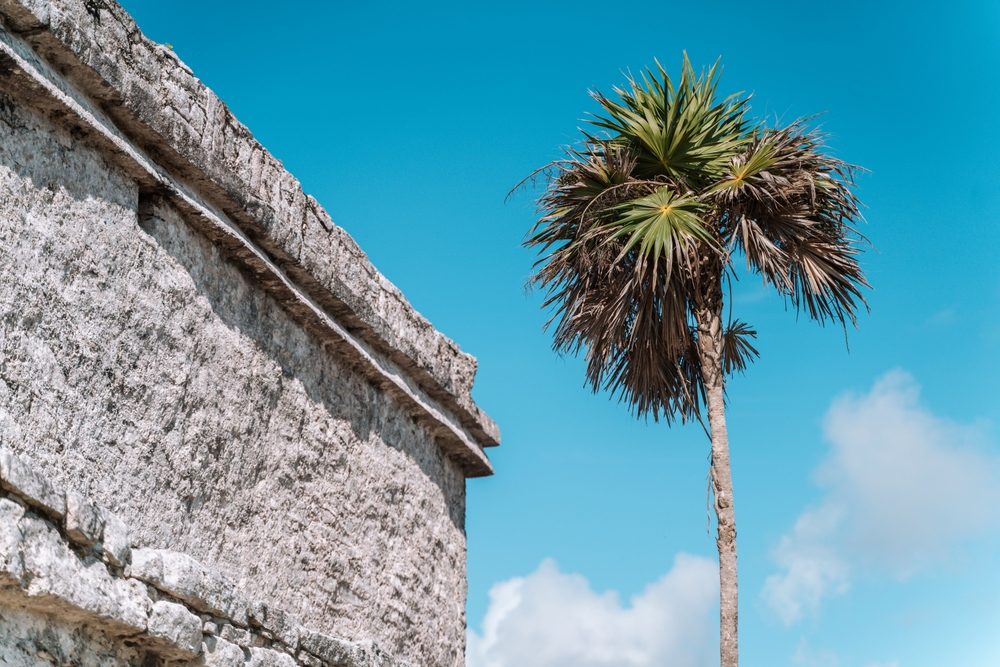
Palm trees are some of the oldest living plants on Earth. Some species, like the date palm, can live for more than 100 years. These trees grow slowly and can thrive in harsh conditions, which contributes to their longevity. The oldest palms have been known to grow in the desert, where they endure extreme temperatures and limited water.
Their resilience is remarkable, with many palms surviving for centuries with minimal care. This long lifespan is due in part to their deep root systems, which help them access water even in dry climates. Many species of palm trees are considered vital to their ecosystems, offering shade and food for both humans and wildlife. The date palm, for instance, is not only ancient but has also been an essential part of human agriculture for thousands of years.
Palm Trees Aren’t Actually Trees
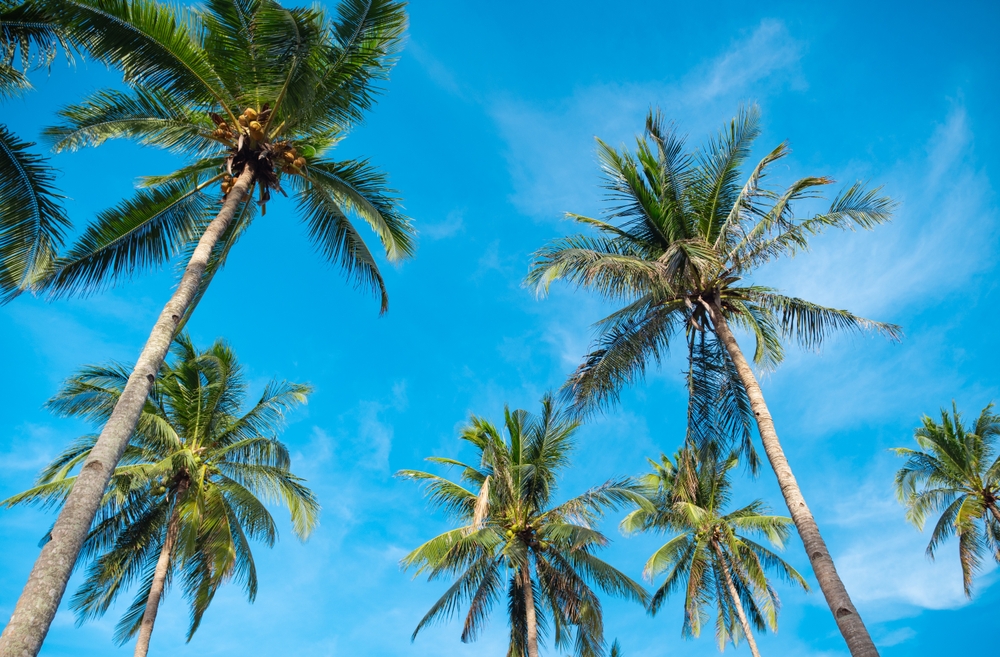
Although palm trees are often thought of as trees, they are not classified as such. Technically, palm trees are members of the monocot family, which makes them more closely related to grasses and lilies than traditional hardwood trees. Unlike typical trees, palms do not have rings that show their age. Instead, they grow vertically from a central stalk or trunk that does not branch.
This unique structure is what gives palms their tall, slender appearance. Their trunk is not made of wood but rather a fibrous material called “parenchyma.” Instead of growing thicker with age, palms continue to grow upwards throughout their life. This characteristic is one reason why palms can look quite different from other types of trees in their environment.
Palm Trees Can Grow in the Desert
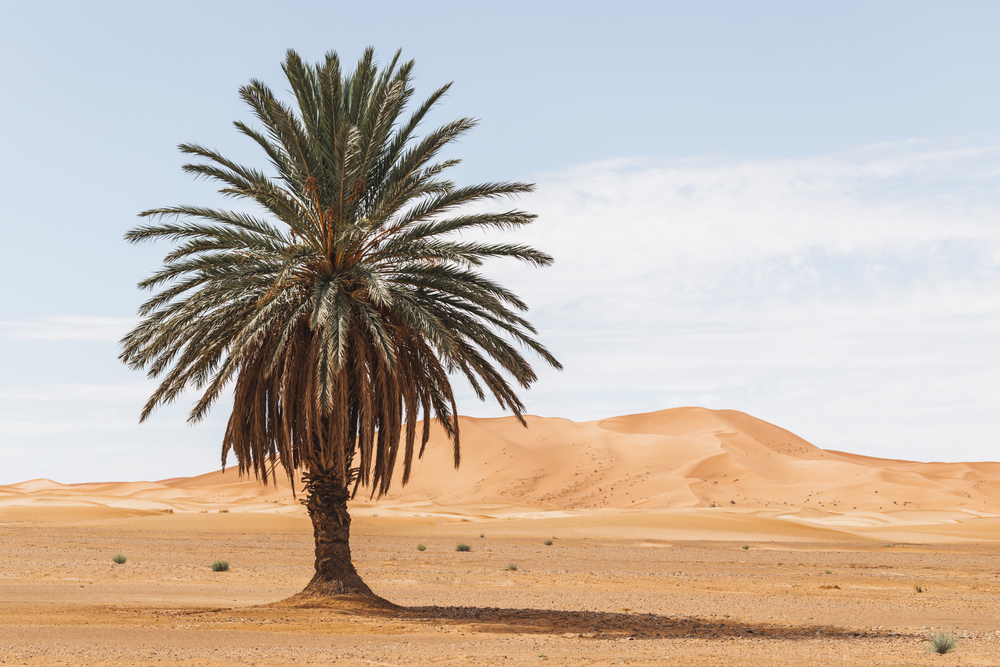
Despite their tropical image, many palm trees thrive in desert environments. The date palm is particularly well known for its ability to survive in extreme heat and dry conditions. These trees have deep roots that can access underground water sources, making them well-suited for arid climates. They can even grow in areas where annual rainfall is as low as 3 inches.
Date palms, in particular, have been used in desert regions for thousands of years, providing food, shade, and shelter. Their ability to grow in such dry conditions is a testament to their adaptability. The trees’ deep roots not only help them find water, but they also anchor the tree in the shifting sands. These palms help stabilize the soil, preventing erosion in desert areas.
Palm Trees Are Vital to Ecosystems

Palm trees play a crucial role in maintaining the balance of their ecosystems. They provide food, shelter, and nesting sites for many animals. Birds, bats, and insects rely on the flowers and fruit of palm trees for sustenance. Additionally, palm trees help regulate local climates by providing shade in hot areas.
The leaves of palms also play a significant role in the environment. They act as a natural filter for the air, removing carbon dioxide and adding oxygen to the atmosphere. This ability to regulate the environment makes palms incredibly important in the fight against climate change. Their presence in forests and coastal areas helps maintain the delicate balance of these ecosystems.
Palm Trees Have Many Different Uses
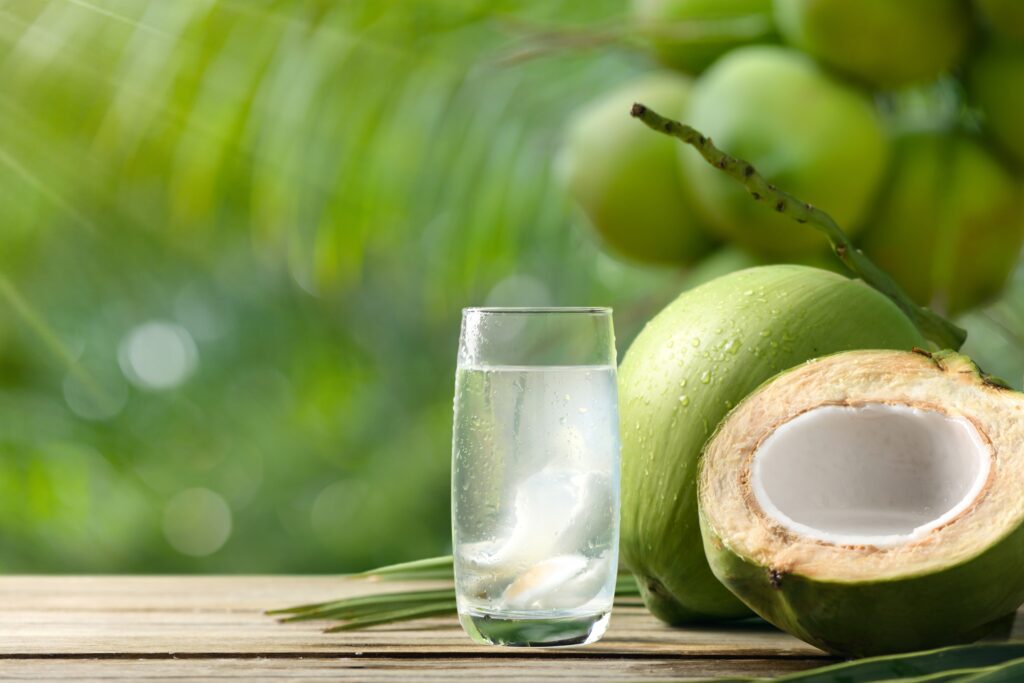
Beyond their beauty, palm trees serve a wide variety of practical purposes. The coconut palm, for instance, offers numerous benefits. Its fruit provides coconut water and meat, while its leaves are used to make thatch roofing and baskets. Additionally, the oil from coconuts is widely used in cooking and cosmetics.
Other palm species, such as the oil palm, are a source of palm oil, which is used in everything from food products to biofuels. The fibers of palm trees are also used in textiles, ropes, and mats. With so many uses, it is no wonder that palm trees have been integral to human life for centuries. They continue to be a valuable resource in many parts of the world.
Palm Trees Can Be Found on Every Continent

Palm trees are not just limited to tropical islands—they can be found on every continent except Antarctica. While many people associate palms with warm, coastal regions, some species also thrive in temperate zones. For example, the European fan palm grows along the Mediterranean coast, while other species can be found in subtropical regions.
In fact, palms are highly adaptable and can grow in a variety of climates. They have been introduced to non-native regions for ornamental purposes and for agricultural use. Their wide distribution makes palms one of the most recognizable and widely spread plant species on Earth. Whether in the wild or as part of urban landscaping, palm trees are found in all corners of the globe.
Palm Trees Are Among the Tallest Plants
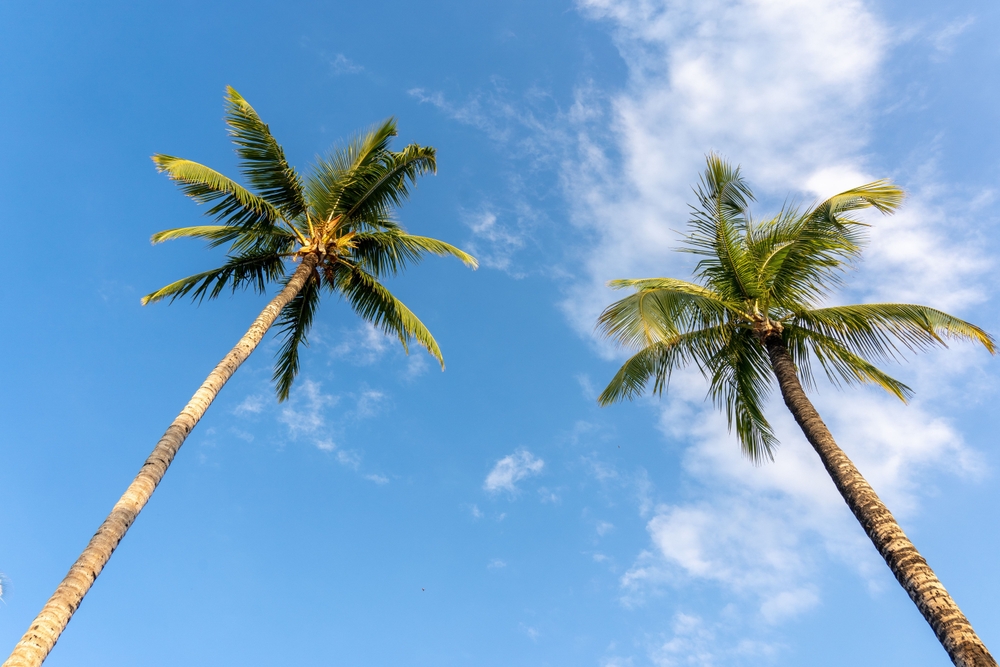
Many species of palm trees are incredibly tall, with some reaching heights of over 200 feet. The tallest palm tree in the world is the Quindio wax palm, which can grow up to 200 feet high. These towering palms are often found in mountainous regions and have adapted to high altitudes. Their tall stature allows them to compete for sunlight in dense forests.
Despite their height, palms are relatively lightweight compared to other tall trees, which allows them to sway in the wind without snapping. This characteristic helps them survive in areas that experience strong winds and storms. Their height also makes them an important source of food and shelter for wildlife, as animals can nest in their high branches.
Palm Trees Are Ancient Plants
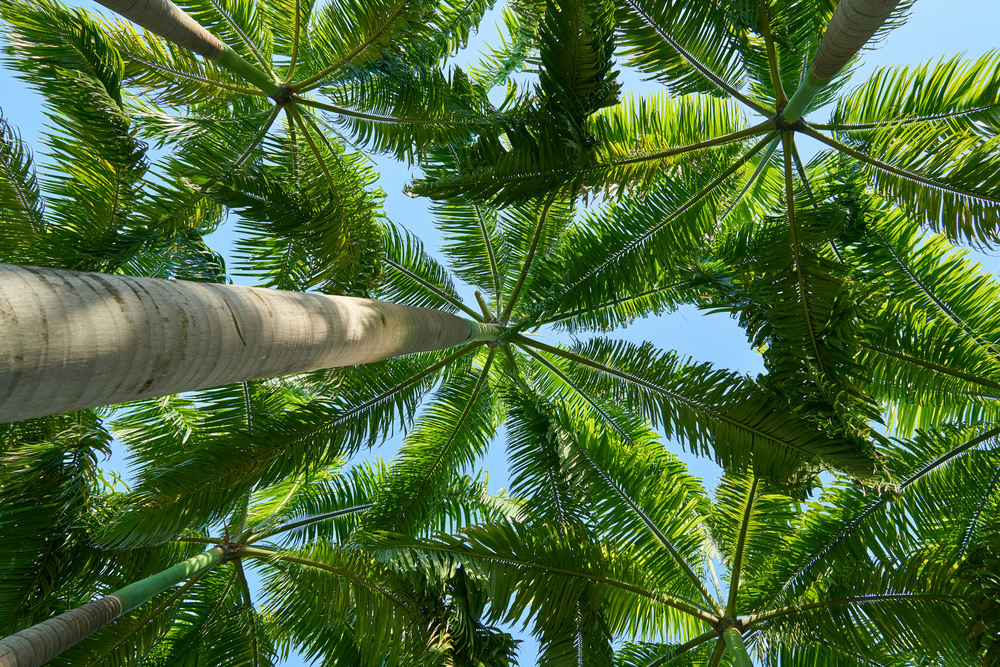
Palm trees have existed for millions of years and are one of the oldest plant species on Earth. Fossil records show that palms have been around since the age of the dinosaurs, with some species dating back over 80 million years. These plants have survived through various climate changes, adapting to their environments over time.
Today, there are over 2,500 species of palm trees spread across the globe. The ability of palms to adapt to a variety of climates has allowed them to thrive in nearly every part of the world. Their ancient origins make them an essential part of Earth’s botanical history, and their continued survival is a testament to their resilience.
Palm Trees Are Important in Traditional Medicine

Palm trees have been used in traditional medicine for centuries. In many cultures, the leaves, fruit, and bark of various palm species have been used to treat ailments ranging from digestive issues to skin conditions. The oil from certain palms, like the coconut palm, is also used for its anti-inflammatory and moisturizing properties.
In some regions, the sap from palm trees is fermented to make medicinal beverages that are believed to have health benefits. The versatility of palm trees in traditional medicine highlights their importance in cultures worldwide. These natural remedies have been passed down through generations and continue to be valued today.
Palm Trees Are Some of the Fastest Growing Plants
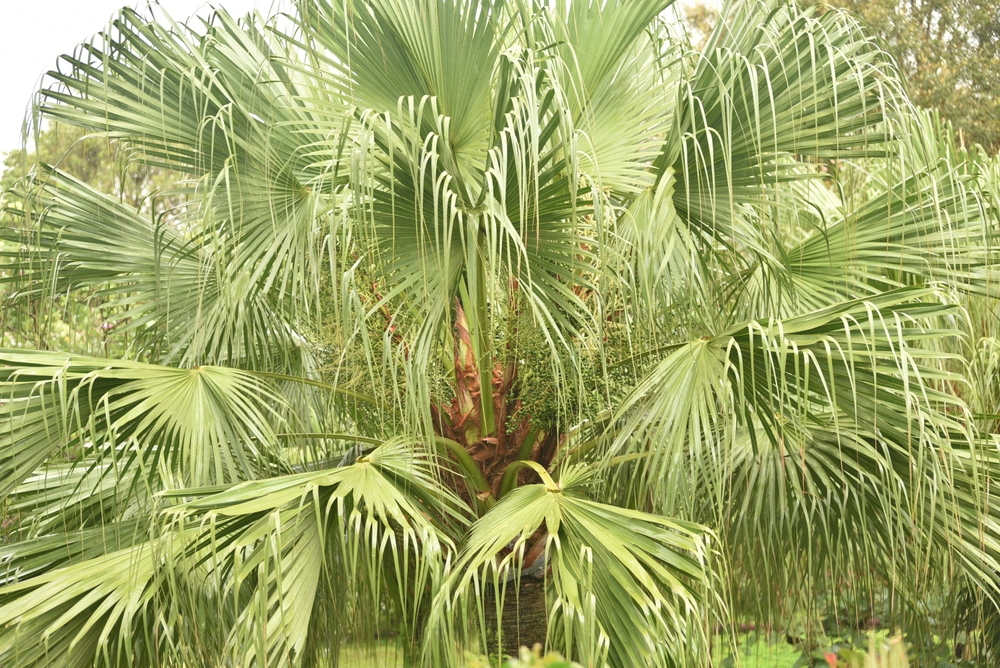
Certain species of palm trees are among the fastest-growing plants in the world. The Chinese fan palm, for example, can grow up to 3 feet per year under optimal conditions. This rapid growth allows them to quickly establish themselves in new environments, making them a popular choice for landscaping.
Their fast growth also makes palm trees an important resource in reforestation projects. In areas that have suffered deforestation, palms are often planted to restore ecosystems. Their ability to grow quickly and provide shade and shelter is a valuable asset in restoring natural habitats. Fast-growing palms are also helpful in stabilizing soil and preventing erosion in vulnerable areas.
Palm Trees Can Be Used for Sustainable Building Materials
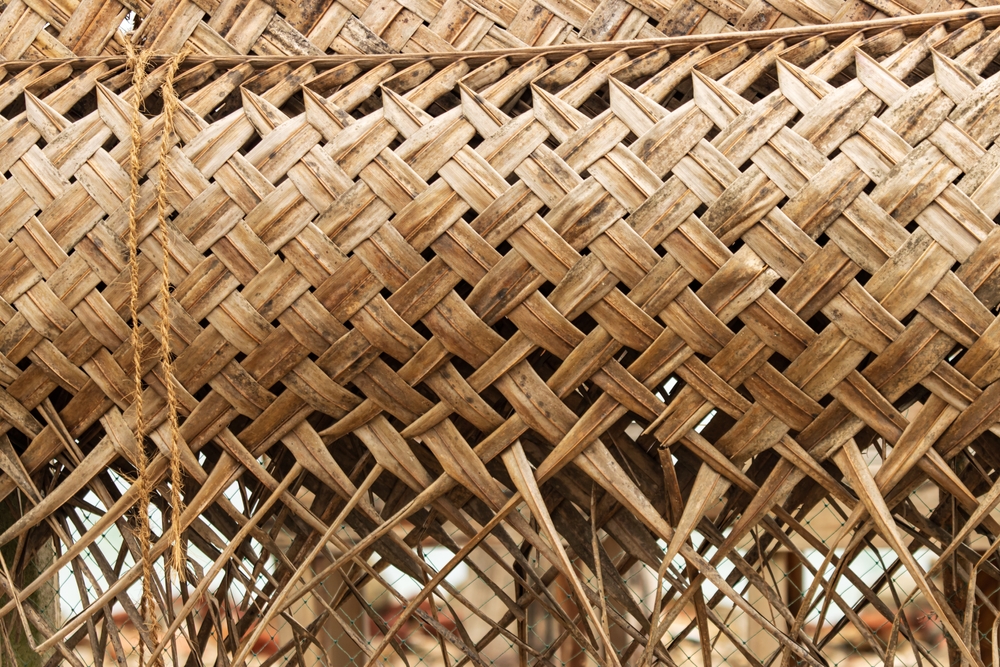
Palm trees are increasingly being used as sustainable building materials. The leaves and trunks of certain species are strong and flexible, making them ideal for constructing eco-friendly homes and structures. In some regions, palm fronds are used for roofing, while the wood from palm trunks is used for framing.
Using palm tree materials in construction helps reduce the need for more traditional building resources, like timber, which can contribute to deforestation. By utilizing palms for building, communities can create homes that are both sustainable and affordable. The use of palm-based materials is becoming more common in tropical and subtropical regions where palms are abundant.
Palm Trees Can Survive Saltwater
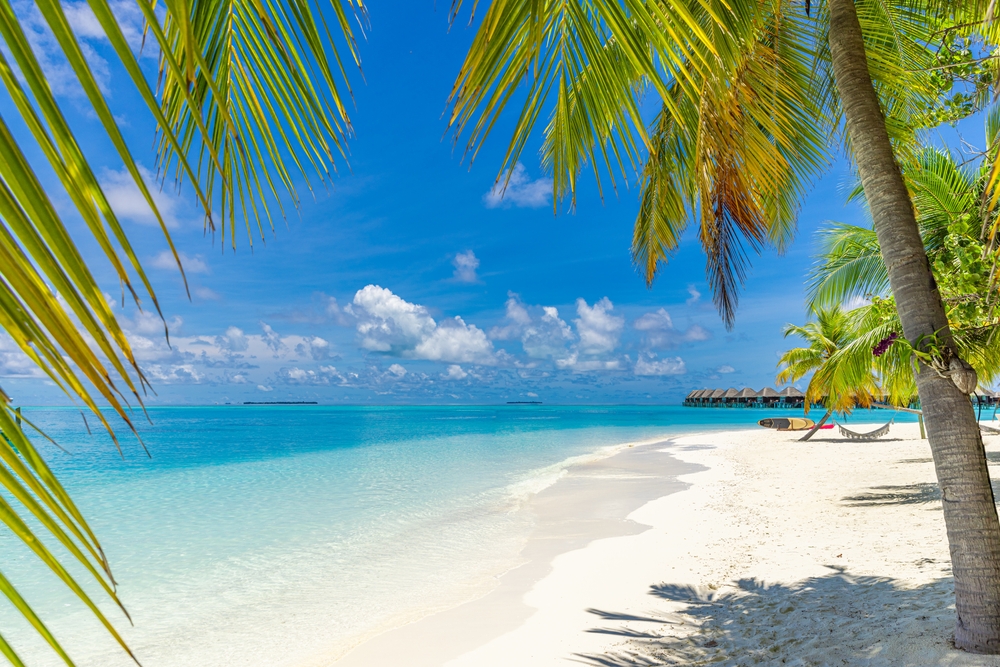
Palm trees are known for their ability to thrive in saltwater environments, making them essential in coastal regions. Some species, like the coconut palm, are well-suited to growing in areas where other plants would struggle. Their tolerance to saltwater allows them to grow along beaches and in tidal zones where freshwater is scarce.
Their ability to survive in salty conditions is due to their specialized roots, which can filter out excess salt. This makes palms an important part of coastal ecosystems, where they help stabilize sandy soils and reduce erosion. Coastal palms also provide important habitats for wildlife, making them vital to maintaining biodiversity in these areas.
This article originally appeared on Avocadu.
